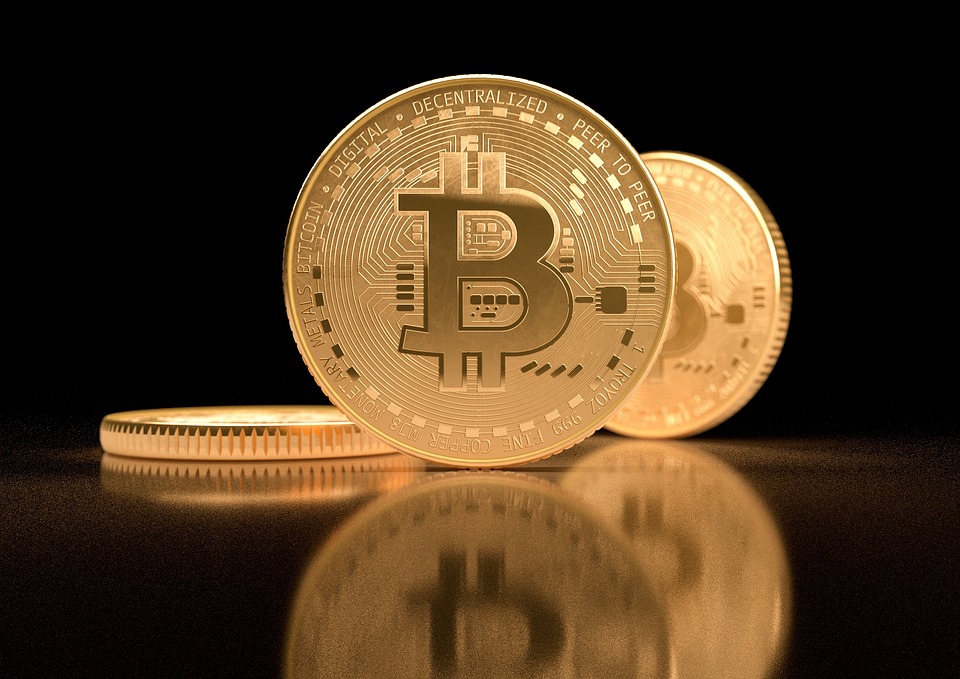Building Bridges: How Digital Asset Community Tools Foster Connection and Growth
In an increasingly digital world, the rise of digital assets—ranging from cryptocurrencies to NFTs (non-fungible tokens)—has revolutionized how we interact, transact, and build communities. With the maturation of this ecosystem, community tools have emerged as essential catalysts for fostering connection and growth among enthusiasts, investors, developers, and creators. This article explores how these digital asset community tools are building bridges, facilitating collaboration, and fostering sustainable growth in an ever-evolving space.
Understanding Digital Asset Communities
At their core, digital asset communities are groups of individuals united by shared interests in blockchain technology and its applications, such as cryptocurrencies, NFTs, and decentralized finance (DeFi). However, effective communication and collaboration can be challenging within these decentralization-focused environments. This is where community tools come into play, enabling individuals to interact seamlessly, share knowledge, and contribute to collective goals.
Key Community Tools and Their Roles
-
Social Media Platforms:
Platforms such as Twitter, Reddit, and Discord have become the backbone of digital asset communities. On these platforms, users engage in discussions, share market insights, and provide updates on new projects. Twitter is particularly instrumental in real-time information sharing, while Reddit offers a more structured discussion environment. Discord takes this a step further by facilitating real-time voice and text communication, allowing for community-led live chats, Q&As, and more intimate discussions. -
Forums and Knowledge Hubs:
Websites like Bitcointalk and specialized forums serve as repositories of information where users can ask questions, find guides, and participate in discussions. These platforms preserve community knowledge and foster connections through shared learning and mentorship opportunities. -
Event Coordinators:
Online events, webinars, and conferences have become increasingly important in the digital asset space. Tools like Meetup and Eventbrite allow community members to organize and participate in local and global events, enriching their understanding of digital assets and facilitating networking opportunities. In-person meetings and virtual conferences alike promote a deeper sense of community, driving collaboration and innovation. -
Governance Tools:
Decentralized Autonomous Organizations (DAOs) leverage governance tools that facilitate collective decision-making within digital asset projects. Platforms like Snapshot and Aragon enable token holders to vote on proposals, ensuring that community members have a say in the direction of projects. This democratic approach not only strengthens community bonds but also enhances accountability and transparency. - Collaborative Development Platforms:
GitHub and GitLab are vital for communities focused on developing open-source projects. These platforms allow developers to collaborate on code, track progress, and share contributions. The result is a vibrant ecosystem where innovation flourishes through shared efforts, leading to the continuous improvement of digital assets and related technologies.
Benefits of Community Tools for Connection and Growth
Strengthening Bonds:
Community tools create spaces for individuals to share their experiences, ideas, and aspirations. These exchanges help forge deeper interpersonal relationships and strengthen the bonds within the community, cultivating a sense of belonging and shared purpose.
Facilitating Collaboration:
By providing platforms for sharing knowledge, resources, and skills, these tools promote a culture of collaboration. Community members can pool their expertise, brainstorm ideas, and work together on projects, thereby accelerating innovation and growth.
Expanding Network Opportunities:
Digital asset community tools enable users to connect with like-minded individuals and organizations across the globe. This expansive network fosters partnerships that benefit individual members and the ecosystem at large, creating opportunities for investment, collaboration, and shared learning.
Driving Education and Awareness:
Communities built around digital assets often prioritize education, leveraging tools to share tutorials, market analyses, and insights. This educational focus empowers members to make informed decisions, driving responsible investment and fostering long-term sustainability in the ecosystem.
Conclusion
As digital assets continue to reshape the financial landscape and redefine ownership in the digital realm, community tools play a pivotal role in bridging the gap between individuals and fostering connections that fuel growth. Through social platforms, governance models, development channels, and educational resources, these tools empower communities to come together, share, innovate, and thrive.
Ultimately, the success of the digital asset space hinges not just on technology but on the communities that rally around it. By investing in and utilizing community tools, we can create robust ecosystems that support collaboration, innovation, and lasting relationships, building bridges that will carry the digital asset revolution into the future.

